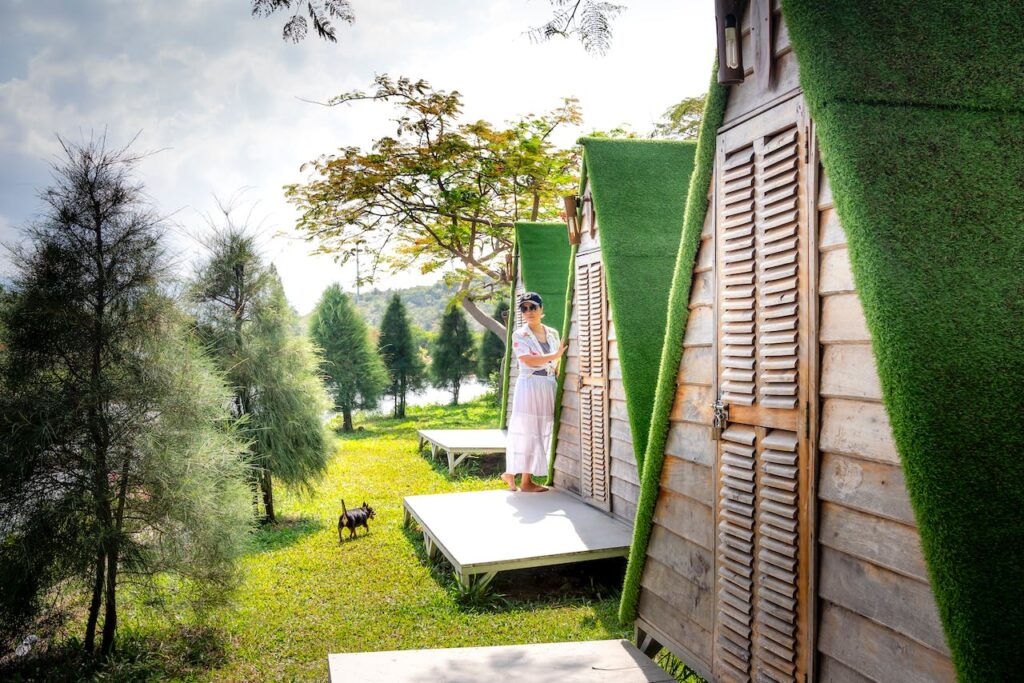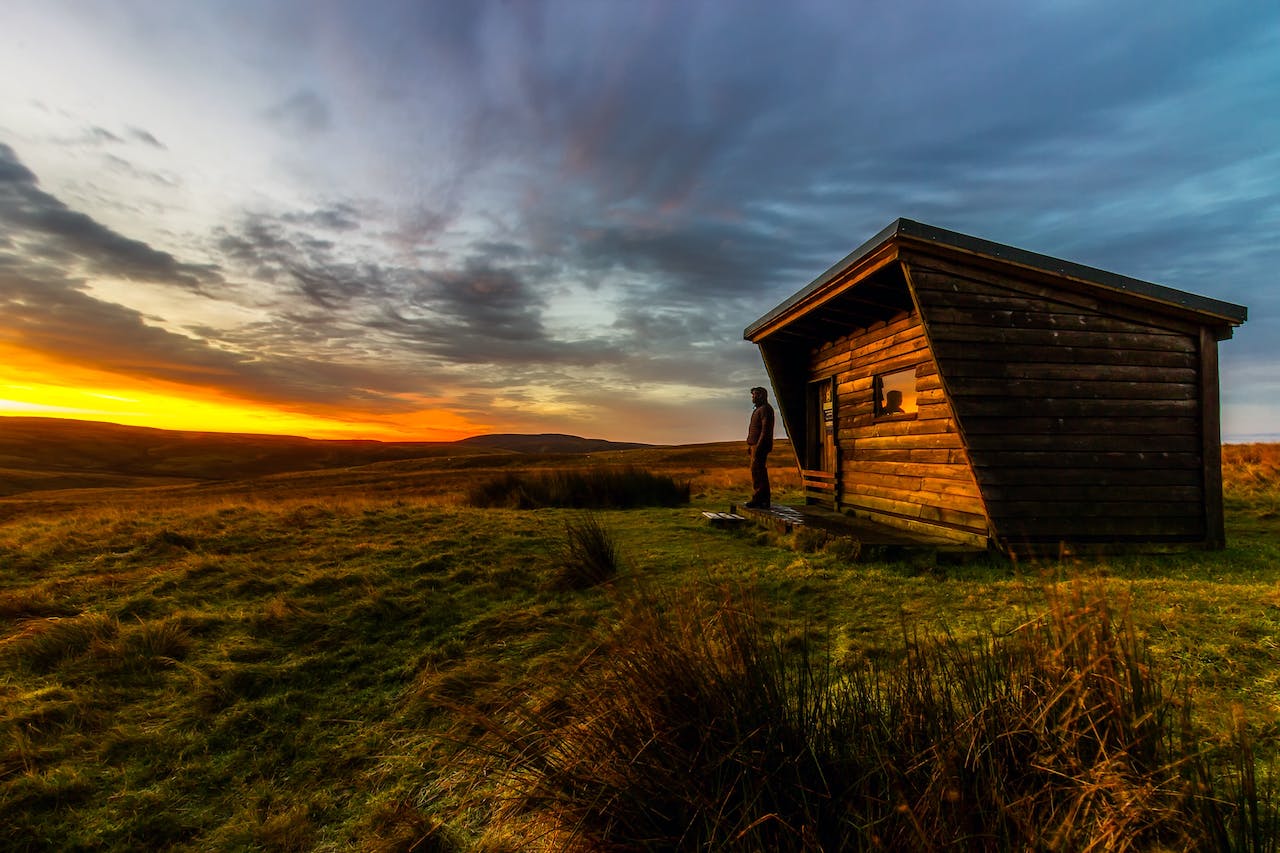Off-Grid Living In A Tiny Home: Best Solution For Retirement
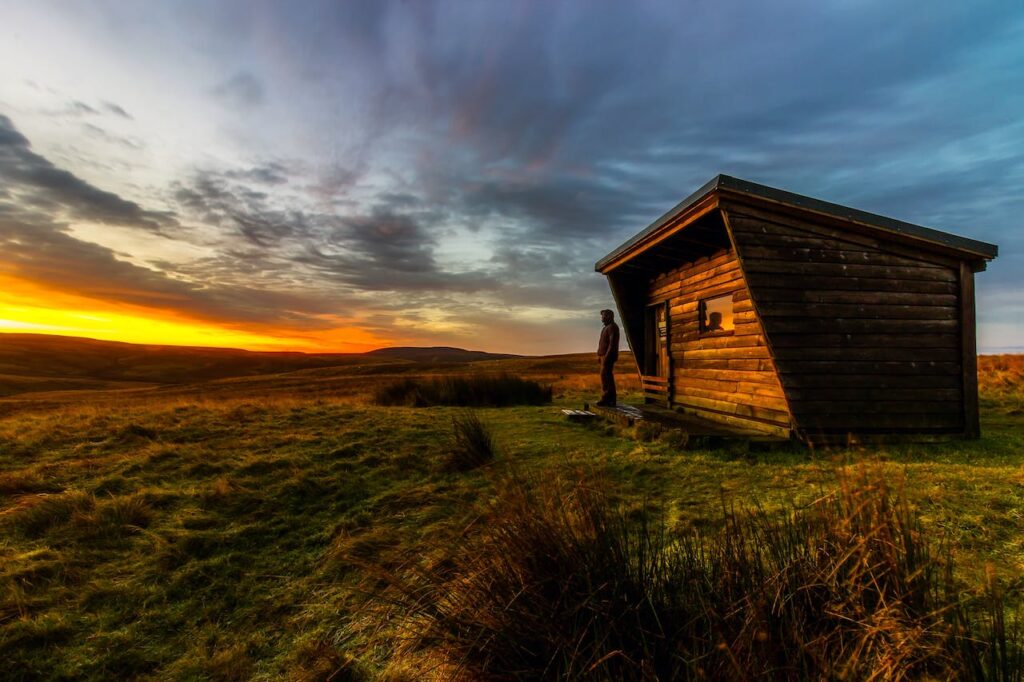
Off-Grid Living in a Tiny Home offers the best solution for Retirement. As retirement approaches, many older adults find themselves at a crossroads, contemplating downsizing, simplifying their lives, and embracing a new chapter with open arms. One innovative and often overlooked housing solution that’s gaining popularity among retirees is the tiny home. These compact, cozy dwellings offer a multitude of benefits that make them an ideal choice for those looking to make the most of their golden years. Here are some compelling reasons why tiny homes are the perfect haven for retired older people:
1. Financial Freedom
One of the primary concerns for retirees is financial security. Off-Grid in a Tiny home offers a cost-effective housing solution, both in terms of construction and ongoing maintenance. With a smaller footprint, lower utility bills, and often reduced property taxes, retirees can stretch their retirement savings further, alleviating financial stress. Combined with Off-Grid strategies it really offers the best solution for your retirement.
2. Simplified Off-Grid Living in a Tiny Home
Retirement often marks the start of a simpler, more relaxed lifestyle. Tiny homes encourage minimalism by design, as their limited space necessitates downsizing and decluttering. This transition to a less materialistic existence can be liberating, allowing retirees to focus on what truly matters – their health, hobbies, and spending quality time with loved ones. Tiny Homes are also the ideal solution for your Holiday Home.
3. Low Maintenance
Tiny homes require significantly less maintenance than traditional houses. With fewer square feet to clean and maintain, retirees can enjoy a stress-free living experience, free from the burdens of extensive home upkeep. This is a particularly appealing feature for older women, as it frees them from the physical and financial burdens of extensive home upkeep. This leaves more time for leisure activities and pursuing personal interests.
4. Accessibility and Aging in Place
Many tiny home designs can be made wheelchair accessible or built on a single level, making them suitable for retirees who may have mobility challenges. This aspect of accessibility ensures that residents can comfortably age in place and avoid the stress of relocating to an assisted living facility.
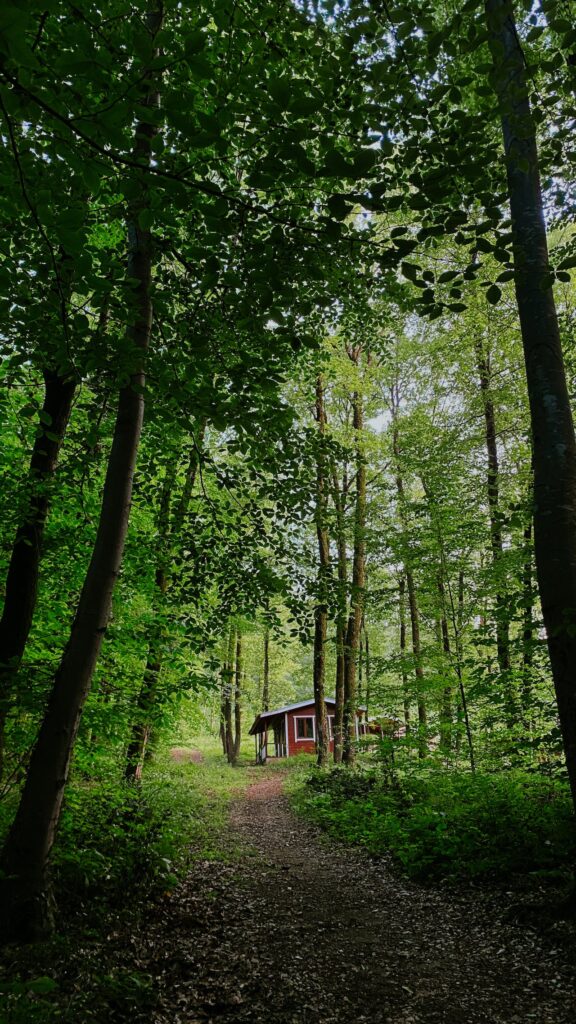
5. Proximity to Nature
Embracing Nature’s Beauty:
Tiny homes are often strategically placed in some of the most breathtaking and serene locations. Whether perched by the side of a pristine lake, nestled amidst the quiet woods, or dotting the vast expanses of scenic rural land, these settings offer retirees a unique opportunity to become one with nature.
Tranquility at Your Doorstep:
Imagine waking up to the gentle lapping of lake water, the rustling leaves of the forest, or the panoramic views of rural landscapes. For retirees, this is not just a dream but a daily reality. The tranquility of nature is right at their doorstep, offering a soothing backdrop to their everyday life. This serene environment fosters a sense of calm, relaxation, and contentment that can be hard to find in more urban or congested living situations.
Promoting a Healthy and Active Lifestyle:
The natural surroundings of tiny homes are an invitation to a healthier and more active lifestyle. Here’s how:
- Gardening: Many tiny home residents take up gardening, transforming their limited outdoor space into vibrant and productive gardens. Gardening is not only a source of joy and accomplishment but also provides access to fresh, organic produce, promoting a nutritious diet.
- Hiking: Living in proximity to the woods or rural areas opens up a world of hiking opportunities. Retirees can explore nearby trails, breathing in the crisp, clean air, and staying physically fit while enjoying the beauty of the great outdoors.
- Wildlife Observation: Nature lovers will find themselves in paradise, as tiny homes often attract a variety of wildlife. From birdwatching to observing small mammals and even stargazing on clear nights, retirees have the chance to connect with the natural world like never before.
- Meditation and Relaxation: The natural beauty surrounding a tiny home creates the perfect atmosphere for meditation and relaxation. Retirees can sit on their porch or in their garden, take in the sights and sounds of nature, and find inner peace and mindfulness.
- Social Gatherings: The scenic locations of tiny homes are excellent for hosting gatherings and picnics with family and friends. Enjoying a meal in the fresh air with a backdrop of nature fosters a sense of togetherness and makes for memorable moments.
In essence, the location of a tiny home in a beautiful natural setting encourages retirees to lead an active and fulfilling life. The peace and beauty of the surroundings inspire outdoor activities, foster a connection with the environment, and provide a sense of well-being that is truly unique. Retirees can relish each day, appreciating the simple pleasures of nature right at their doorstep, making their retirement years even more enjoyable and meaningful.
6. Community Living
Fostering Community Among Retirees:
Tiny home communities designed with retirees in mind offer a unique and welcoming environment where like-minded individuals can come together and share their retirement experiences. These communities are built around the idea of creating a supportive and close-knit neighborhood where residents can thrive in their golden years.
1. Shared Interests and Camaraderie:
One of the most significant advantages of these communities is that they bring together people who are at similar life stages and share common interests. Retirees often find themselves with more time on their hands, and living among peers with similar passions and hobbies can lead to deep and meaningful connections. Whether it’s a love for gardening, art, yoga, or book clubs, retirees in tiny home communities can form lasting bonds over shared interests.
2. Community Activities:
Tiny home communities often organize a variety of group activities and events tailored to retirees’ preferences. These may include regular social gatherings, movie nights, potluck dinners, fitness classes, and educational workshops. This robust calendar of activities not only keeps retirees engaged but also fosters a sense of belonging and connection to the community.
3. Mutual Support:
Retirement can bring both exciting opportunities and challenges. Living in a community with fellow retirees means having a built-in support system. Whether it’s lending a helping hand with minor repairs, offering assistance during health setbacks, or simply providing emotional support, these communities are a safety net for retirees.
4. Sense of Security:
For many retirees, the idea of living alone or far from family can be daunting. Tiny home communities provide a sense of security and peace of mind. Retirees can rest easy knowing that their neighbors are there to watch out for each other and offer assistance when needed.
5. Less Isolation, More Interaction:
Isolation is a common concern for retirees, especially if they’ve recently downsized or relocated. In a tiny home community, retirees are encouraged to socialize and interact regularly. This human connection helps combat feelings of loneliness and promotes a happier and more fulfilling retirement.
6. Sense of Belonging:
One of the most significant benefits of living in a tiny home community is the profound sense of belonging. Retirees often find that they form new families within these communities, with neighbors becoming like chosen family members. This tight-knit network creates a warm and welcoming atmosphere that truly feels like home.
In summary, tiny home communities catering to retirees create an environment where camaraderie, shared interests, and mutual support thrive. Living among like-minded individuals provides a strong sense of community and connection, enhancing the retirement experience. These communities offer a safe, supportive, and active lifestyle that encourages socialization, personal growth, and a deep sense of belonging, making retirement truly enjoyable and fulfilling.
7. Energy Efficiency in a Off-Grid Tiny Home
The Ideal Solution for Off-Grid Living:
Tiny homes, with their smaller size and compact nature, are uniquely suited for off-grid living, where individuals or retirees can live independently, without relying on conventional utilities or infrastructure. Here’s how they achieve this:
1. Energy Efficiency:
Tiny homes are built with a strong emphasis on energy efficiency. They often incorporate features like high-quality insulation, energy-efficient appliances, LED lighting, and double-paned windows to minimize heat loss and maximize climate control. This not only makes the living space comfortable but also reduces the need for heating and cooling, resulting in lower utility bills.
2. Solar Panels:
One of the standout features of many tiny homes is the integration of solar panels. These solar arrays provide an independent and renewable energy source, allowing retirees to generate their electricity. With sufficient sunlight, solar panels can power the entire home, including lighting, appliances, and heating or cooling systems. This not only contributes to environmental sustainability but also significantly reduces or even eliminates electricity bills, making retirement financially sustainable.
3. Rainwater Harvesting:
In addition to energy sustainability, tiny homes often incorporate rainwater harvesting systems. Collecting and purifying rainwater for household use reduces the reliance on traditional water sources. Retirees can utilize rainwater for various purposes, from flushing toilets to watering gardens, further reducing utility costs and lessening the environmental impact.
4. Composting Toilets and Greywater Systems:
To further minimize environmental impact and enhance self-sufficiency, many tiny homes are equipped with composting toilets and greywater systems. Composting toilets process waste into nutrient-rich compost, while greywater systems recycle and filter wastewater from sinks and showers for non-potable uses. This eco-friendly approach reduces water usage and waste, contributing to sustainable living.
5. Off-Grid Freedom:
Off-grid living in a tiny home means retirees have the freedom to choose their location without being tied to utility connections. They can live in remote and beautiful natural settings, close to lakes, forests, or rural areas, while still enjoying modern comforts powered by their independent systems.
6. Reduced Environmental Footprint:
The combination of these energy-efficient and off-grid features significantly reduces the environmental footprint of retirees living in tiny homes. They consume fewer resources, generate less waste, and rely on renewable energy sources, making their lifestyle ecologically responsible and sustainable.
7. Long-Term Cost Savings:
While there may be an initial investment in setting up off-grid systems, the long-term cost savings are substantial. Retirees can enjoy lower utility bills, independence from fluctuating energy prices, and the peace of mind that comes with knowing they are contributing positively to the environment.
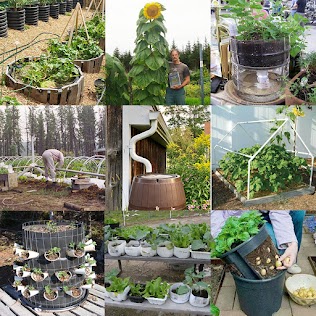
+100 Ingenious Backyard Projects To Become Self-Sufficient on Less Than ¼ Acre
In summary, the design features of tiny homes make them the ideal solution for off-grid living. The incorporation of solar panels, energy-efficient systems, rainwater harvesting, and eco-friendly waste management not only lowers utility bills but also reduces the environmental impact. Retirees can embrace a more sustainable and self-sufficient lifestyle while enjoying financial stability in their retirement years.
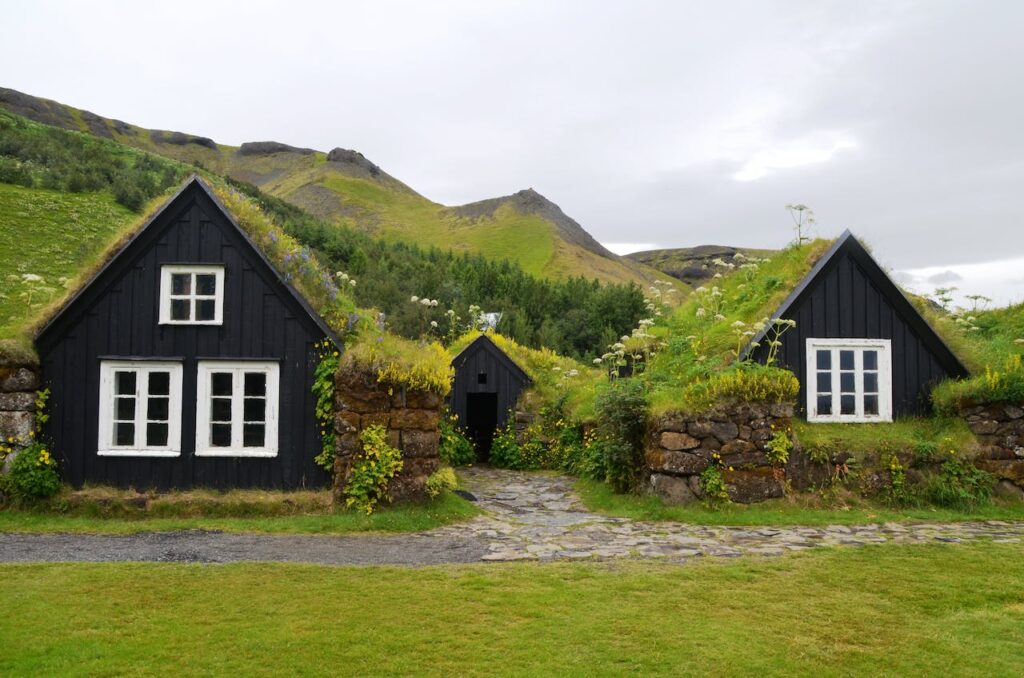
8. Travel and Adventure
With the flexibility of tiny home living, retirees can take their homes on the road and explore new destinations without the hassle of packing and unpacking. This sense of adventure and exploration is an exciting and enriching aspect of life that many older adults find appealing. It is also easy to lock up and go if you want to travel to other destinations. Make the most of your life, and discover and enjoy everything this world has to offer.
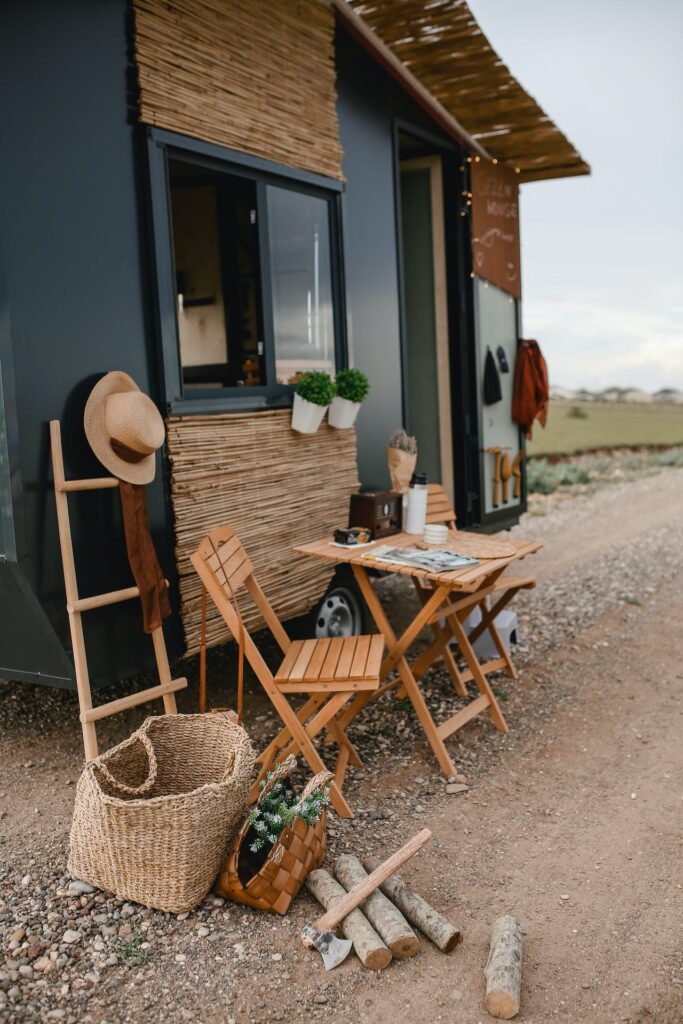
9. Legacy Planning
Retirees often contemplate the legacy they’ll leave behind for their children and grandchildren. By living in a tiny home, they can preserve and pass on both financial resources and a philosophy of sustainable, minimalistic living.
As retirees embark on this new chapter of their lives, the tiny home movement offers a unique opportunity to reimagine housing and prioritize what truly matters. With financial freedom, simplified living, and a supportive community, older adults can find fulfillment, adventure, and a sense of purpose in their golden years, all within the cozy embrace of a tiny home.
Find out how you can go about planning and building your own Tiny Home. Create the perfect home where you can spend your best years being creative, and building a home you can be proud of. I discovered this amazing Program where you can find all the information you need to start building your Tiny Home.
With Tiny House Made Easy, Adam will cover all aspects of building tiny houses, leaving no stone unturned.
Challenging issues like zoning restrictions, electricity and water facilities, temperature control, handling of sewage, and garbage are some of the issues addressed by the program in detail.
Each of the house plan comes with detailed material list and the list of all the tools that are needed to build it.
You’ll also discover:
- The most economical foundational set up for your tiny house
- The little know trick that to massively increase the strength of your tiny house
- How to build a heat-reflecting roof
- How To Set Up A Gray Water System
- How To Make Your Home Thermally Efficient
- And Many more…
Don’t miss this opportunity! Take a look HERE and discover how you can plan for and start building your own Tiny Home.
I am sure you will be very excited about this Program.
